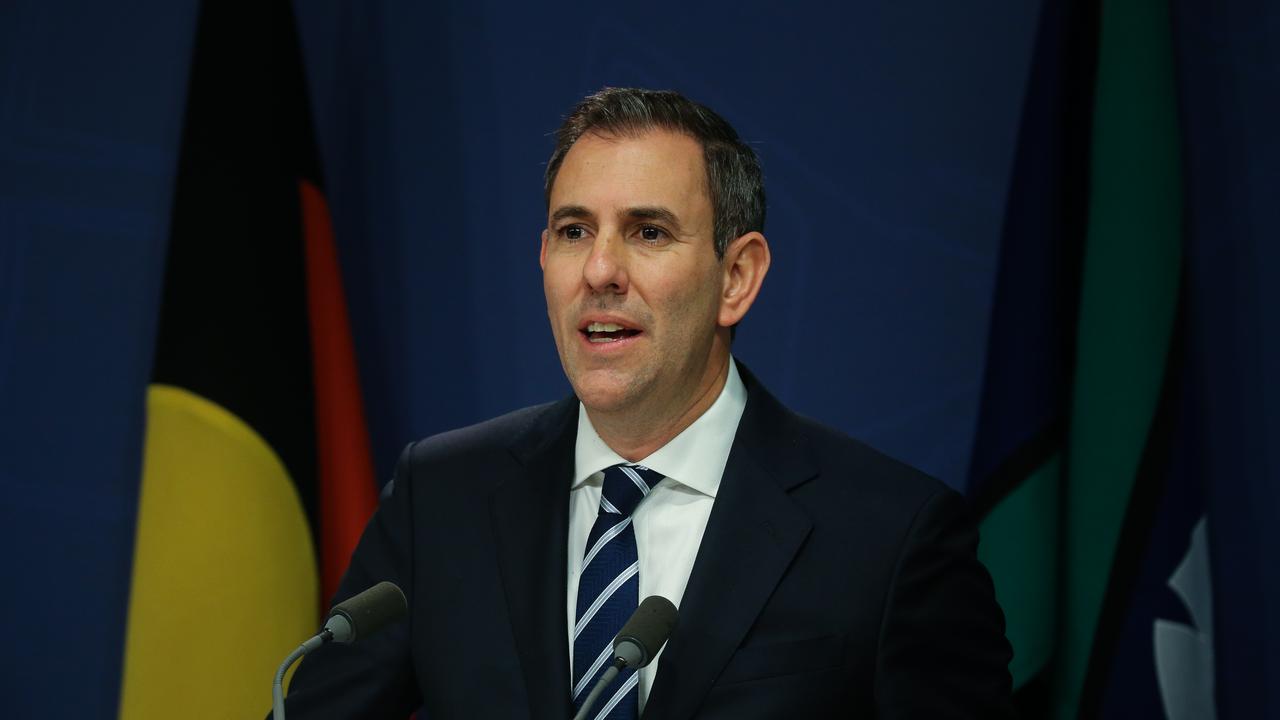Australia faces $423bn nightmare if global temperatures increase beyond two degrees
A highly anticipated report paints a grim picture of the next 40 years in Australia and the impact climate change will have on workers.
Australia’s economic output could take a $423bn hit if global temperatures increase beyond two degrees, a highly anticipated report says.
Treasurer Jim Chalmers will use the latest intergenerational report, to be released on Thursday, to underscore the impact climate change will have on the federal budget in the long-term.
Mr Chalmers will forecast the direct impact of higher temperatures on labour productivity could reduce economic output by mid-2062 by between $135bn and $435bn in today’s dollars.
“If global temperatures were to increase by up to 3C or over 4C, without adaptive changes to current ways of working, Australia’s aggregate labour productivity levels could decrease by 0.2 to 0.8 per cent by 2063,” the IGR will report say.
“This is a significant economic cost.

“Investing in targeted adaptation measures to limit worker heat exposure, such as strategic planting of trees or altering building designs to enhance passive cooling, can also mitigate the labour productivity impacts of higher temperatures to some degree.”
Australia’s tourism sector will also take a hit, but the reduction could be half as big if global warming is limited to two degrees this century, rather than three degrees.
“Australia has a large number of natural attractions at risk of environmental degradation which may attract fewer tourists in a world of higher global temperatures,” the report will say.
“At least 50 per cent of Australia’s sandy coastline, a major drawcard for tourism, is under threat of erosion due to climate change.”
Natural disasters, which will increase in frequency and severity, will also put some of Australia’s top attractions at risk.
“Many of Australia’s top attractions are also in regions likely to be increasingly susceptible to natural disasters, risking travel disruption and reputational harm,” the report will say.
The IGR warns the amount required to be spent on the Commonwealth government’s Disaster Recovery Funding Arrangements could triple by 2063.

Higher temperatures could also reduce crop yields by up to four per cent.
The report, released just two years after its last iteration, is compiled by Treasury and provides a snapshot of the pressures facing the budget.
Mr Chalmers said the estimates highlighted the extent of the disruption expected and demonstrated the importance of global climate action.
“We take our responsibility to address climate change very seriously,” he said.
“Our economic plan is designed to make Australian businesses and Australian workers beneficiaries not victims of the shift to cleaner, cheaper energy.”
The transition will have implications for Australia’s export income as demand for thermal coal exports decline.
But the IGR forecasts demand for critical minerals, such as lithium, is expected to increase significantly.
Originally published as Australia faces $423bn nightmare if global temperatures increase beyond two degrees




